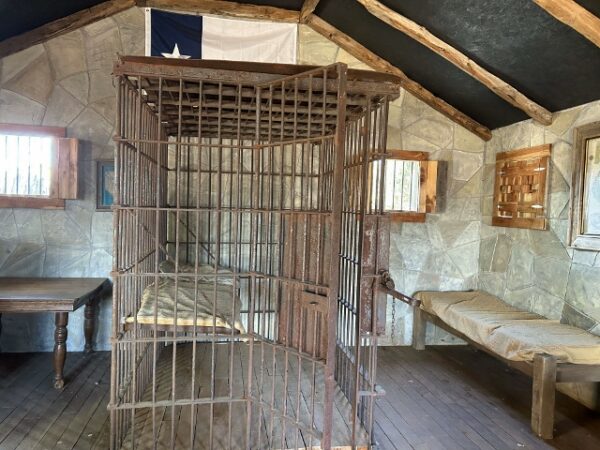
The Impressionist Revolution: From Monet to Matisse is on view at the Dallas Museum of Art (DMA) now until November 3. Dubbing the Impressionist artists as renegades, the exhibit celebrates the 150th anniversary of their first Paris exhibition in 1874.
Monet to Matisse
If some of the art looks familiar, it’s because the DMA has drawn on its own collection for the exhibit. And while the paintings may not be the most noteworthy, each of the major artists are represented. I had no idea the DMA had so many Impressionist paintings. There are some beautiful Renoirs and more than a handful of Monet and Degas. Four rooms are filled primarily with paintings. Visitors see the Impressionist movement’s beginning and how, as years passed, Impressionism spawned other styles such as Fauvism.

The exhibit includes works by Mary Cassatt and Berthe Morisot. While both women bucked convention to work as artists, they were confined to compositions acceptable for their gender. Cassatt is known for her mother and child paintings, and Morisot for her depictions of domestic life.
Impressionist Revolution is a wonderful exhibit for anyone wanting to learn more about art. I especially enjoyed the detailed wall panels that explain Impressionism and provide visitors with interesting factoids. For example: the innovation of paint in metal tubes allowed artists to leave their studios and paint en plein air (outdoors).
Art Beyond Sight

The DMA is an Art Beyond Sight partner. Scattered throughout the Impressionist Revolution gallery, are several tactile stations. The exhibited painting is described briefly in braille, with a tactile relief version. The DMA can also provide special tours arranged in advance for visually impaired visitors. What a fabulous way to increase art accessibility.
When You Go
DMA is located at 1717 North Harwood in Dallas. The museum is open Wednesday through Sunday. Hours are 11 a.m. to 5 p.m. The museum is free, though there is a cost for visiting special exhibits like Impressionist Revolution. Onsite parking is available for $20.














